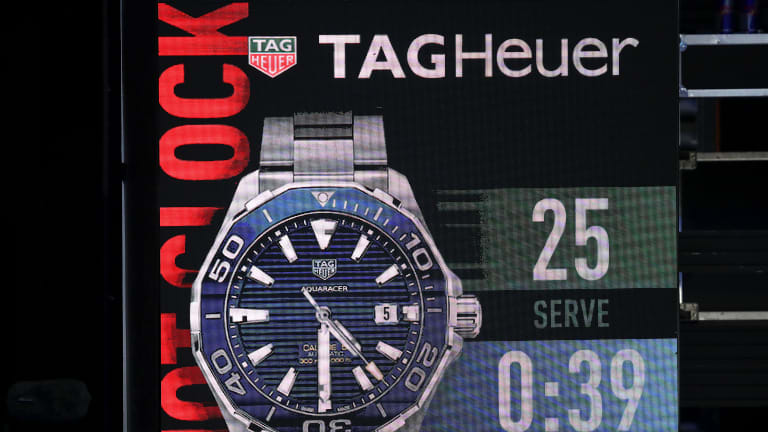Next Gen ATP Finals
No ad? No thanks. Leave tennis' scoring format alone in the pros
By Nov 07, 2019Next Gen ATP Finals
Brazil's Joao Fonseca, 18, captures Next Gen ATP Finals title with Rafael Nadal watching on
By Dec 23, 2024Next Gen ATP Finals
Joao Fonseca to play for Next Gen ATP Finals title a day after reconnecting with Rafael Nadal
By Dec 21, 2024Next Gen ATP Finals
WATCH: Jakub Mensik shook by mid-match doping test request during Next Gen ATP Finals
By Dec 20, 2024Next Gen ATP Finals
Top seed Arthur Fils, Newcomer of the Year Jakub Mensik land in same Next Gen ATP Finals group
By Dec 15, 2024Next Gen ATP Finals
Joao Fonseca rounds out 2024 Next Gen ATP Finals field led by Arthur Fils
By Dec 01, 2024Next Gen ATP Finals
With Medjedovic triumph, Next Gen Finals remains starmaker, springboard for ATP innovation
By Dec 02, 2023Next Gen ATP Finals
Hamad Medjedovic upsets Arthur Fils in five-set Next Gen ATP Finals championship match
By Dec 02, 2023Next Gen ATP Finals
Arthur Fils to meet Hamad Medjedovic in Next Gen Finals championship match
By Dec 01, 2023Next Gen ATP Finals
Arthur Fils and Hamad Medjedovic stay perfect and reach final four at Next Gen Finals
By Nov 30, 2023No ad? No thanks. Leave tennis' scoring format alone in the pros
No ad scoring creates shorter matches and more dramatic points, but at a cost.
Published Nov 07, 2019
Advertising
No ad? No thanks. Leave tennis' scoring format alone in the pros
Advertising

No ad? No thanks. Leave tennis' scoring format alone in the pros
© Julian Finney/Getty Images
Advertising

No ad? No thanks. Leave tennis' scoring format alone in the pros